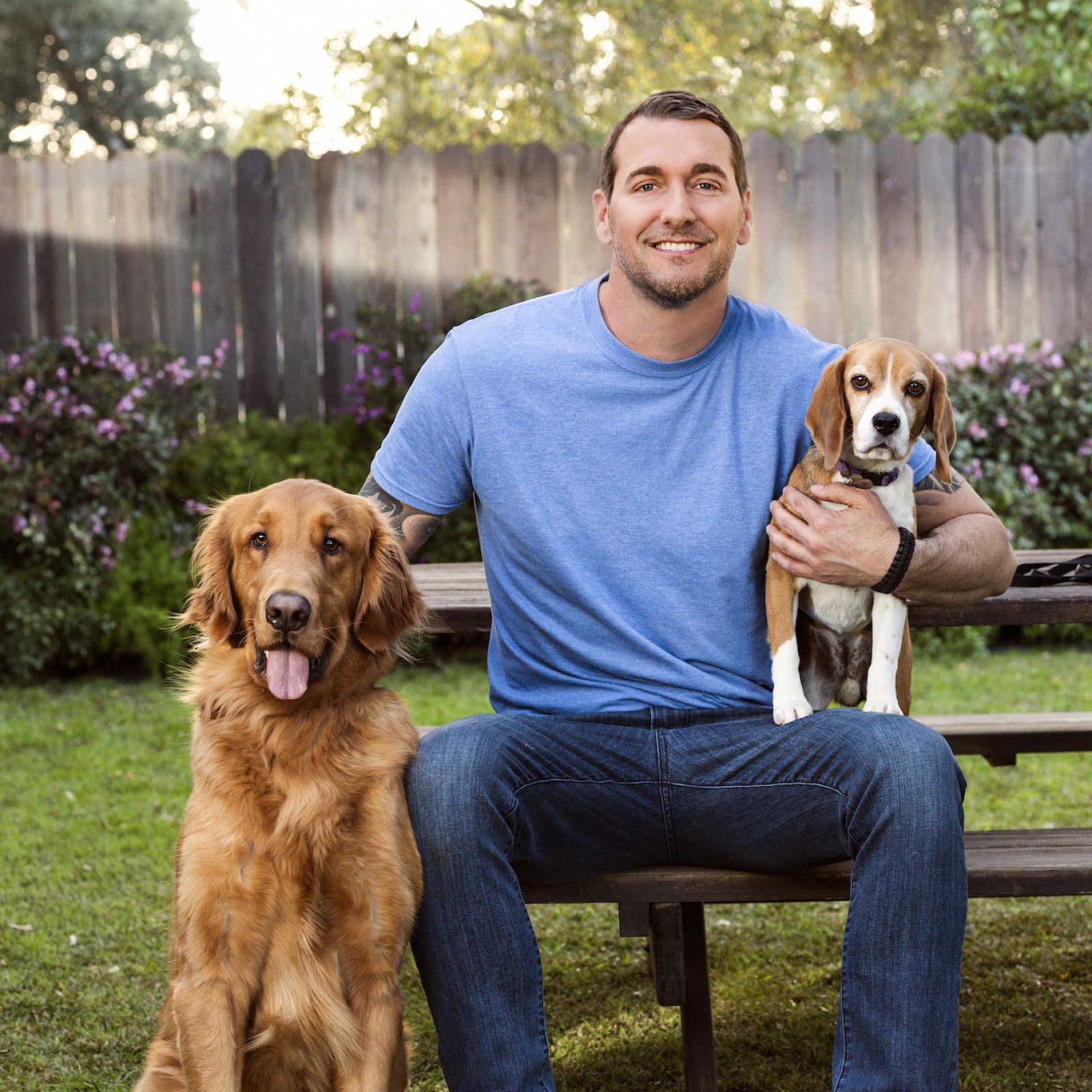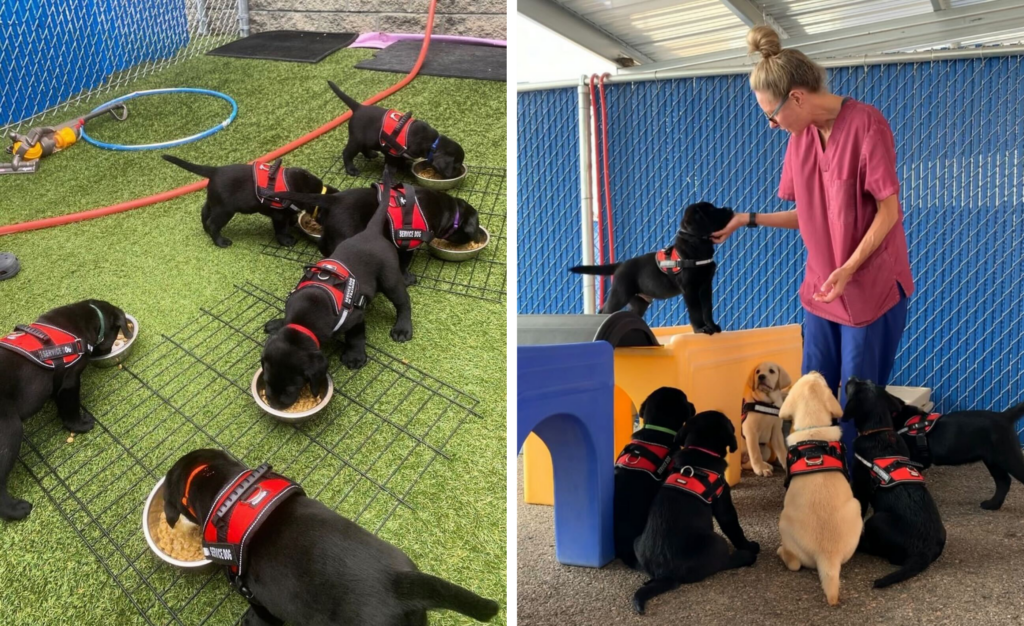Step-by-Step Approach to Dog Training: Simple Tips for Every Dog Owner
Step-by-Step Approach to Dog Training: Simple Tips for Every Dog Owner
Blog Article
Transform Your Pet dog's Habits With Proven Training Methods
Transforming your pet's habits requires a nuanced understanding of their individual attributes and needs, along with the application of tried and tested training approaches. By using favorable support and recognizing essential hints in their body language, you can properly resolve common behavior concerns such as too much jumping or barking. Uniformity in your training method not only improves obedience yet also promotes a much deeper bond of trust and respect in between you and your pet. Nevertheless, the course to effective transformation may provide unpredicted challenges that warrant further expedition.
Recognizing Pet Actions
Recognizing dog behavior is essential for effective training and communication between humans and their canine companions. Dogs, as social animals, display a series of actions affected by genes, setting, and experiences - Dog training. Acknowledging these behaviors assists proprietors tailor their training approaches to fulfill the particular demands of their canines
Trick aspects of dog habits include body language, vocalizations, and social interactions. A wagging tail typically suggests excitement, while a decreased head might signify submission or fear. Recognizing these signals can aid proprietors analyze their dog's emotional state and respond appropriately. Additionally, socializing plays a critical function fit habits; pet dogs that communicate positively with different people and various other pets are typically extra versatile and well-adjusted.
In addition, acknowledging stress signals-- such as pacing, evasion, or panting behaviors-- can stop escalation right into more severe issues. Owners that are attuned to their canine's actions can create a risk-free and caring setting, fostering depend on and boosting the training procedure. Eventually, a deep understanding of canine behavior lays the foundation for an unified relationship and reliable training outcomes, ensuring both pets and their proprietors grow with each other.
Positive Reinforcement Strategies
Positive support strategies are widely recognized as one of the most efficient approaches for training pets, fostering a positive knowing atmosphere. This strategy entails rewarding desired habits with deals with, appreciation, or play, thereby encouraging the pet dog to duplicate those habits. Unlike revengeful methods, favorable support constructs trust fund and reinforces the bond in between the instructor and the dog.
To execute positive support effectively, timing is vital. Rewards must be offered immediately following the preferred habits to aid the dog make the connection. Uniformity is additionally crucial; making use of the very same commands and benefits assists the canine recognize what is anticipated. Additionally, varying the rewards can maintain the pet dog engaged - Dog training. For instance, rotating in between deals with, toys, and verbal appreciation can preserve interest and motivation.
It is necessary to note that positive support is not regarding bribery; rather, it has to do with reinforcing etiquette. Over time, as the dog finds out to link particular actions with favorable results, the frequency of incentives can be slowly reduced, transitioning to verbal appreciation or periodic benefits. This approach not only urges obedience however additionally promotes a satisfied and certain canine, making training an extra pleasurable experience for both events involved.
Attending To Common Issues
Dealing with usual issues during pet dog training is important for official site making sure a unified and successful partnership in between the canine and its proprietor. Many pet dog owners come across behavior challenges, such as extreme barking, leaping, and leash pulling. Recognizing the origin of these actions is critical for effective training.
Too much barking may come from dullness, stress and anxiety, or an absence of socialization. To alleviate this, supply enough workout, mental stimulation, and opportunities for social communication with both people and various other pets. Jumping can commonly suggest excitement or a wish for interest. Educating the dog to rest upon welcoming can reroute this actions favorably.
Leash pulling is an additional prevalent problem, frequently resulting from a canine's enthusiasm to explore. Using correct chain dealing with methods, incorporated with training protocols that motivate loose-leash strolling, can dramatically improve this habits.
In enhancement, concerns like resource safeguarding or separation anxiety require customized strategies. Steady desensitization and counter-conditioning can be efficient in dealing with these challenges. By acknowledging and proactively handling these typical problems, pet proprietors can foster a more delightful training experience and reinforce the bond with their canine companions.
Consistency in Training

To achieve uniformity, it is crucial that all members of the household comply with the very same training techniques. Using the very same spoken cues and hand signals ensures that the pet dog receives consistent messages. In addition, the timing of rewards and improvements ought to correspond; instant reinforcement raises the likelihood that the pet dog will link the behavior with the end result.
Normal practice sessions, combined with organized timetables for feeding, strolling, and play, help canines expect and recognize their environment, making them a lot more responsive to training. Inevitably, uniformity cultivates a feeling of security and trust fund, empowering dogs to learn more efficiently.
Building a Strong Bond
How can promoting a solid bond between a canine and its owner enhance the training experience? A solid relationship built on trust and regard functions as the structure for reliable training. When a pet dog feels protected in its connection with its owner, it is most likely to show favorable habits and be responsive to discovering. This bond encourages the dog to engage totally in training sessions, as it views the owner as a resource of advice and support.
Moreover, a solid bond helps with better interaction. Pets are skilled at reading human signs, and a trusting relationship enables clearer signals during training. Proprietors who spend time in building this bond via play, socializing, and favorable reinforcement develop an environment where pet dogs feel determined and anxious to discover.
Additionally, a reputable connection can minimize anxiety and behavior issues, as pet dogs are much less likely to act out when they really feel comprehended and looked after. For that reason, focusing on the development of a solid bond not just enhances the training experience however additionally contributes to a better and extra well-adjusted canine. Eventually, the trip of training changes into a collaborative collaboration, bring about lasting behavioral enhancements.
Verdict

Proprietors that are attuned to their pet dog's behavior can develop a secure and caring environment, promoting count on and enhancing the training process. Ultimately, a deep understanding of canine actions lays the structure for a harmonious connection and efficient training outcomes, ensuring both dogs and their proprietors grow with each other.
Attending to typical problems during dog training is essential for making sure a harmonious and successful relationship between the pet and its proprietor.Uniformity is a keystone of reliable pet dog training, as it develops a clear framework for the pet to comprehend behaviors and assumptions.In conclusion, changing a pet dog's behavior via confirmed training techniques requires an understanding of canine behavior, the application of positive support strategies, and a focus on uniformity.
Report this page